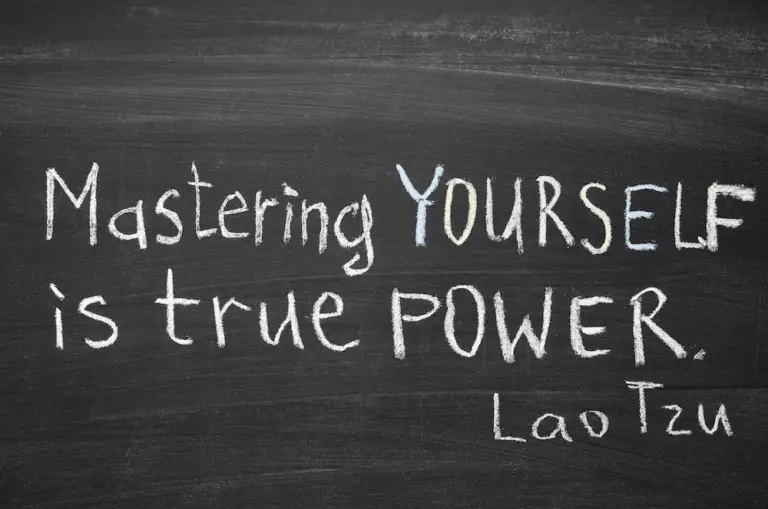Understanding Self-Harm

There are people who harm themselves for no apparent reason, as in they do not state the reason for doing such a thing and if you ask them why or if how it feels to harm themselves, they would usually say that it’s because they feel calm or detached. This is a considerably accurate answer for doing such, but this answer is not so much of a reason as it is the effect of a psychological tendency known as self-harm.
To those who commit self-harm, this is an effect that feels pleasurable, thus, such behavior is tends to be repeated. While most of this people don’t really have suicidal tendencies, the acts that they do in order to harm themselves could still be life-threatening and in order to prevent such from happening, the root cause has to be clarified and this process starts with understanding what it is.
What is self-harm?
Self-harm is the intentional direct infliction of injury into one’s body that is most often done without any suicidal intentions. This has replaced the term self-mutilation in order to reach a more neutral reference. The most common form is done through skin-cutting but other forms also takes place such as intentionally incurring cigarette burns, banging one’s head to the wall or other surfaces, or interfering with the healing on one’s wounds. More extreme levels include amputation and self-castration.
Possible Causes
There are many possible root causes of self-harm but they could generally be attributed to a mental illness, psychological factors, and genetics. Though there are some people who don’t show symptoms of recognized mental illness, those who have mental illnesses such as schizophrenia, bipolar disorder, and conduct disorders that harm themselves.
By treating these illnesses, self-harm also ceases. On the other hand, causalities such as the one between self-harm and self-esteem and other psychological factors are the more prevalent ones. Self-harm can be done as a means of repeating a situation (such as domestic violence and sexual abuse) that was out of one’s control in order to feel that one has control later on.
A rare genetic condition known as Lesch-Nyhan Syndrome is a form of self harm that manifests itself through biting oneself or banging the head on a surface. Other than those with Lesch-Nyhan Syndrome, the link between genes and this need is still inconclusive.
5 Steps to Stop Self-Harm
While further research still has to be done on understanding self-harm and on which clinical treatment is the most effective, a prescribed treatment known as Avoidance Technique can be done by one who is determined to get rid himself of this need.
- Be aware that you have this tendency . By doing this, you get close in doing half of the work necessary to get rid of this need.
- Recognize what kind of self-harm you commit and find the tools you use in committing it.
- Find a less harmful way of committing temporary self-harm such as snapping a rubber band to the arm.
- Take a look around and find something worth observing or something interesting to do.
- Keep yourself busy on that task.







